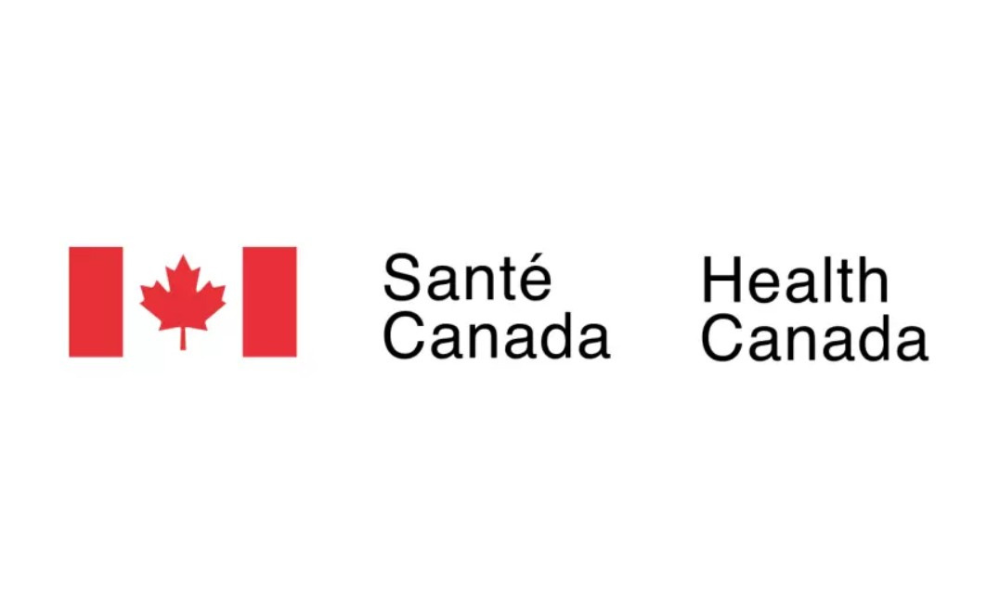Health-care workers who routinely come in contact with hazardous chemicals lack training and awareness of procedures to adequately protect themselves from exposure, found a study by the National Institute for Occupational Safety and Health (NIOSH).
Results are derived from the Health and Safety Practices Survey of Healthcare Workers, the largest federally sponsored survey of health-care workers in the United States that addresses safety and health practices and use of hazardous chemicals. More than 12,000 health-care workers participated.
"Safeguarding health-care workers from potential occupational hazards is an essential part of providing good jobs for these dedicated men and women, and furthering high-quality patient care," said NIOSH director John Howard. "The limited information available on safe handling practices associated with use of hazardous chemicals makes our work even more important."
The study is the first of a series of reports that describes current practices used by health-care workers to minimize chemical exposures as well as barriers to using recommended personal protective equipment. The chemical agents under study included antineoplastic agents, high level disinfectants, aerosolized medications, anesthetic gases, surgical smoke and chemical sterilants.
Study findings include:
• Workers administering aerosolized antibiotics were the least likely to have received training on their safe use (48 per cent reported they were never trained), followed closely by those exposed to surgical smoke.
• Workers most likely to have received training were those who administered antineoplastic drugs (95 per cent) and those who used hydrogen peroxide gas plasma as a chemical sterilant (92 per cent).
• For those exposed to surgical smoke, 40 per cent did not know if their employers had safe handling procedures. For those exposed to anesthetic gases, 25 per cent did not know.
• Those who administered antineoplastic drugs were least likely to report that they did not know whether their employer had procedures for minimizing employees' exposure (three per cent).
• Chemical specific training and awareness of employer safe handling procedures varied by employer work setting (ambulatory health-care services versus hospital).
Results are derived from the Health and Safety Practices Survey of Healthcare Workers, the largest federally sponsored survey of health-care workers in the United States that addresses safety and health practices and use of hazardous chemicals. More than 12,000 health-care workers participated.
"Safeguarding health-care workers from potential occupational hazards is an essential part of providing good jobs for these dedicated men and women, and furthering high-quality patient care," said NIOSH director John Howard. "The limited information available on safe handling practices associated with use of hazardous chemicals makes our work even more important."
The study is the first of a series of reports that describes current practices used by health-care workers to minimize chemical exposures as well as barriers to using recommended personal protective equipment. The chemical agents under study included antineoplastic agents, high level disinfectants, aerosolized medications, anesthetic gases, surgical smoke and chemical sterilants.
Study findings include:
• Workers administering aerosolized antibiotics were the least likely to have received training on their safe use (48 per cent reported they were never trained), followed closely by those exposed to surgical smoke.
• Workers most likely to have received training were those who administered antineoplastic drugs (95 per cent) and those who used hydrogen peroxide gas plasma as a chemical sterilant (92 per cent).
• For those exposed to surgical smoke, 40 per cent did not know if their employers had safe handling procedures. For those exposed to anesthetic gases, 25 per cent did not know.
• Those who administered antineoplastic drugs were least likely to report that they did not know whether their employer had procedures for minimizing employees' exposure (three per cent).
• Chemical specific training and awareness of employer safe handling procedures varied by employer work setting (ambulatory health-care services versus hospital).





